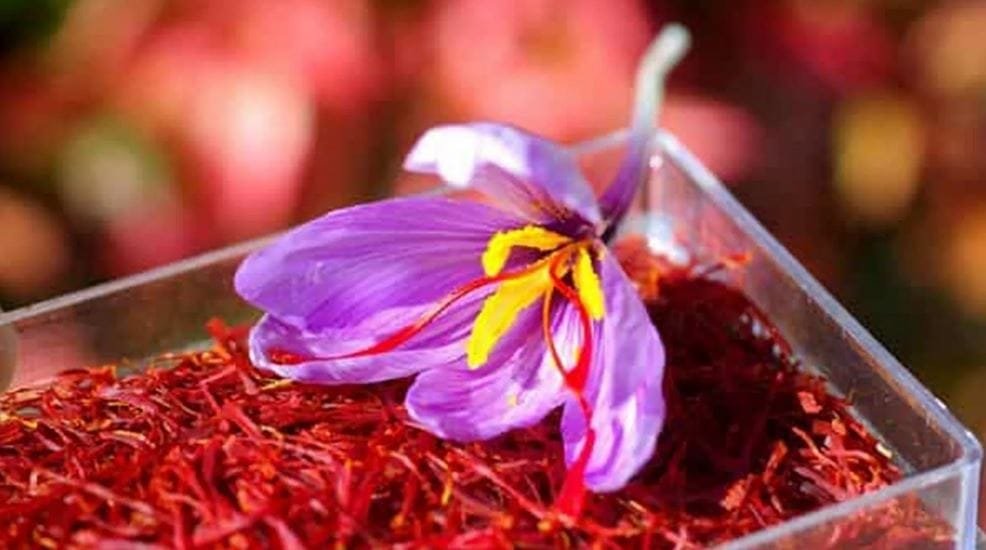 Organic saffron production in Vamnān
Organic saffron production in Vamnān
Organic saffron production in Vamnān :The saffron harvest in Vamnān, a mountainous village in Azadshahr, has begun. This marks an important milestone for saffron production in the region. Vamnān is known for its large-scale saffron cultivation and plays a key role in Iran’s saffron industry.
Saffron Flower Prices and Early Harvest Trends
According to an IRNA report, saffron flowers from Vamnān sold for 11 million rials per kilogram on the first day of the harvest. On the second day, the price dropped to 9.5 million rials per kilogram. The Manager of the Vamnān Saffron Growers Cooperative stated that the peak harvest period will begin next week. As the weather improves, the yield is expected to improve as well.
Climate Impact and Saffron Harvesting Delays
Climate change has delayed the saffron harvest by 10 days compared to last year. Despite this, the saffron flowers have bloomed better than before, signaling a promising season. The cooperative expects a total production of four tons of dried saffron from 1,100 hectares of land dedicated to saffron cultivation.
Challenges in Saffron Production and Local Sales
Vamnān faces several challenges in saffron production. These include labor shortages and the absence of local processing industries. Due to these issues, nearly five tons of saffron flowers were sold to Khorasan, where labor and processing costs are lower. Separating saffron flowers (extracting saffron threads) costs one million rials per kilogram in Vamnān. In Khorasan, it costs around 500,000 rials.
The Importance of Local Saffron Production
Despite these challenges, saffron remains a cornerstone of the local economy. Vamnān is known for its organic saffron, making it one of Iran’s leading areas for this valuable spice. The cooperative also operates two direct saffron sales shops in Gorgan and Azadshahr. This ensures fair prices for both producers and consumers.
The Significance of Saffron in Iran’s Economy
Saffron is not just an agricultural product; it’s also a vital part of Iran’s economy and cultural heritage. The cooperative, which has around 1,000 members, supports the local economy by facilitating the production and sale of high-quality saffron. As a key player in the saffron industry, the cooperative helps promote the region’s saffron in both national and international markets.
Future Prospects for Saffron Production in Vamnān
With ongoing improvements in saffron cultivation and increased local collaboration, the future of saffron production in Vamnān looks promising. The region’s potential for organic saffron cultivation, combined with growing international demand, positions it as a leader in Iran’s saffron industry.
Conclusion: Organic saffron production in Vamnān
Despite challenges from climate change and economic factors, saffron remains a crucial product in Iran’s agricultural sector. Vamnān, with its ideal growing conditions and dedicated saffron farmers, continues to thrive as a key player in the global saffron market. The Vamnān Saffron Growers Cooperative’s ongoing efforts ensure that saffron remains a vital part of Iran’s economy for years to come.

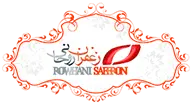
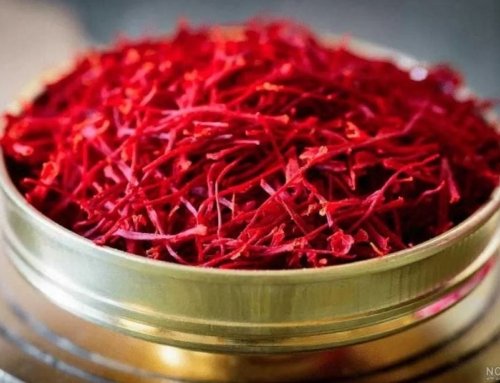


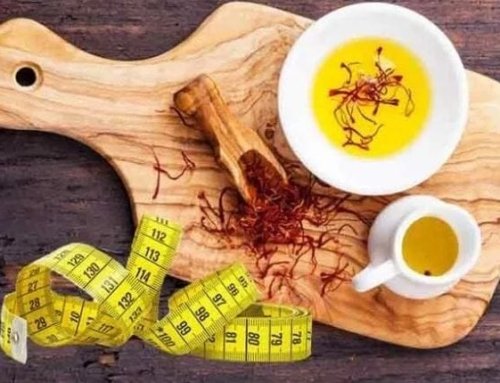
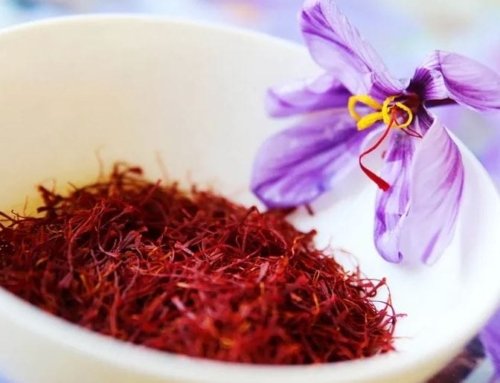
Get Social